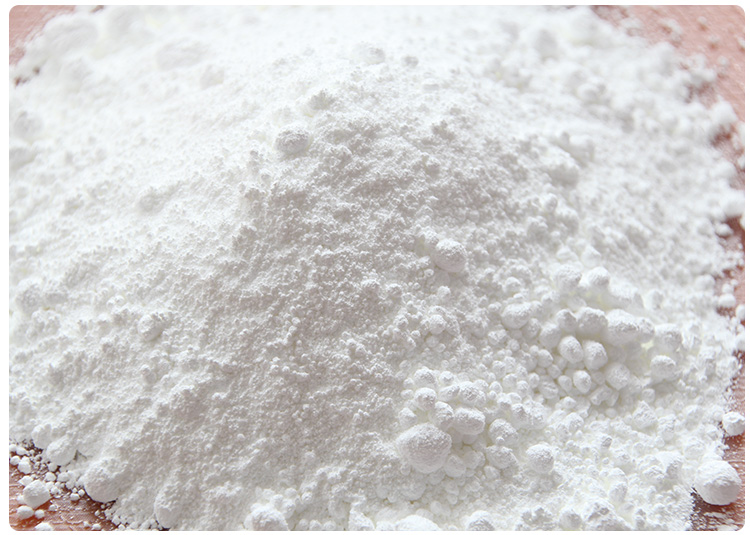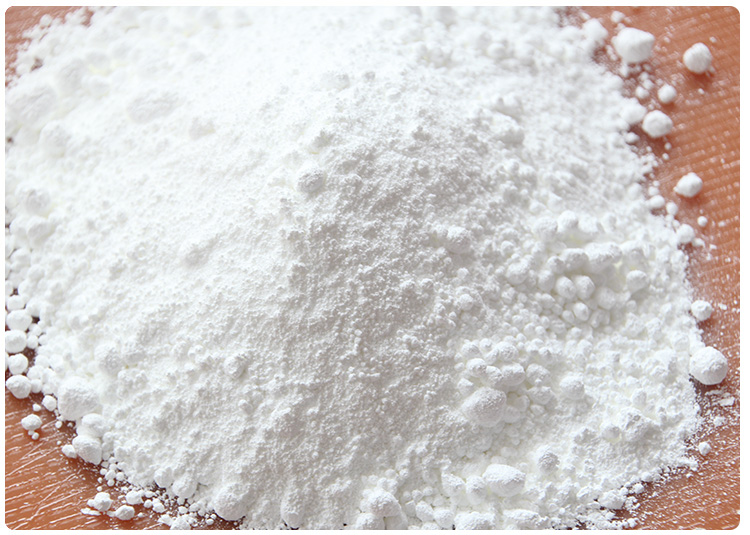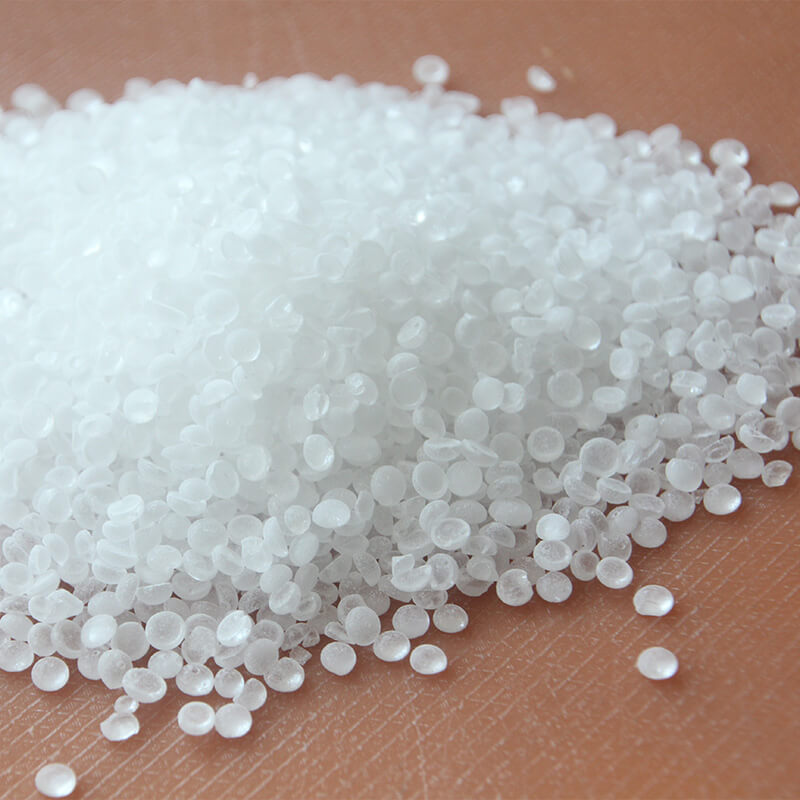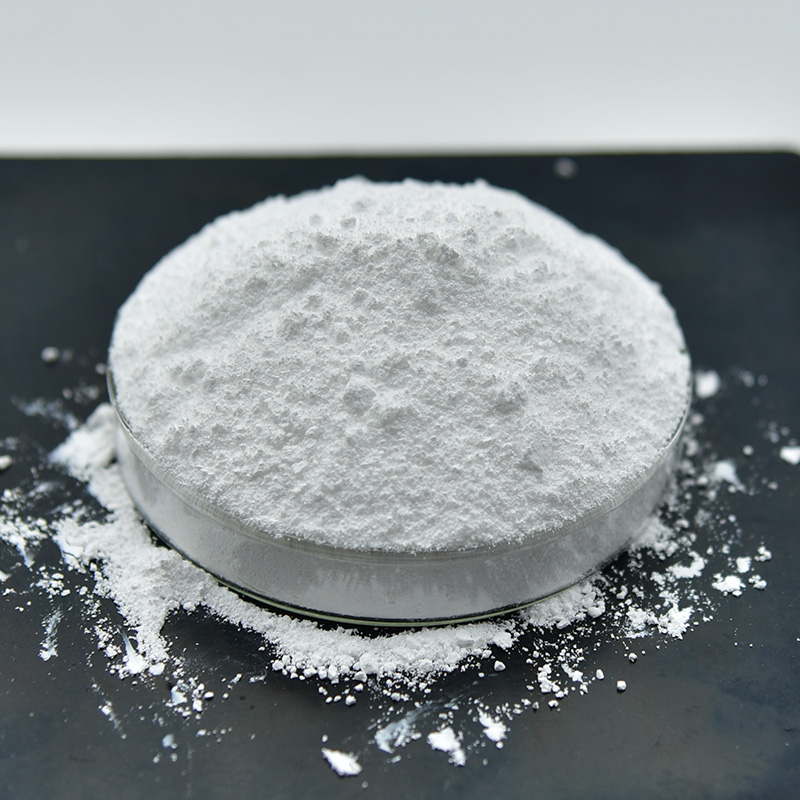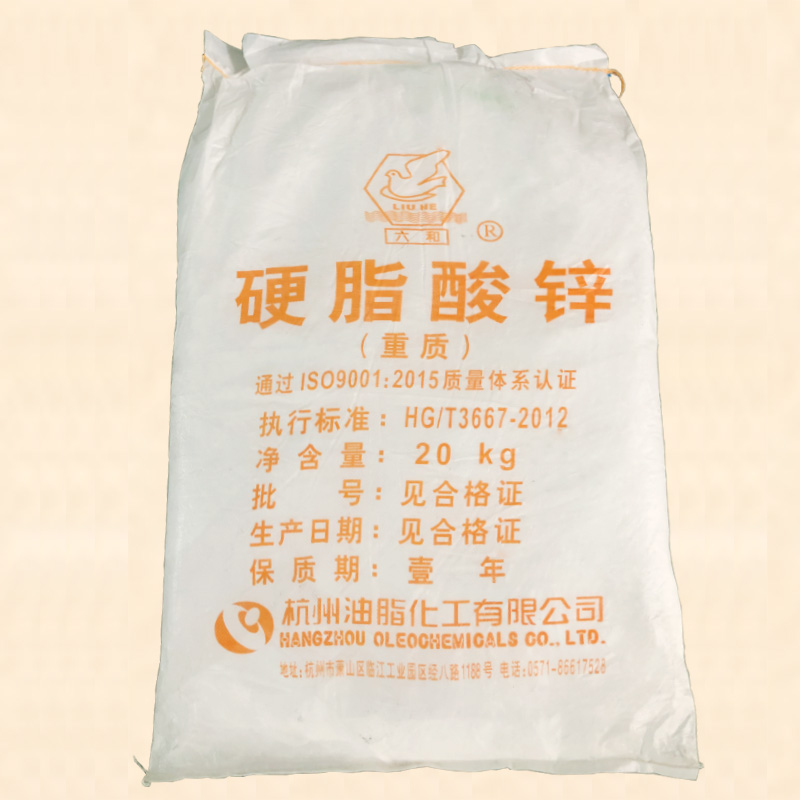High styrene hs-60 in rubber
- Mingpai
- 2024-06-05 10:34:08
High Styrene Rubber HS-60, when incorporated into rubber compounds, brings specific advantages and enhancements to the final product. Here's how HS-60 affects and improves rubber properties:
Increased Hardness: The primary characteristic of HS-60 is its higher styrene content, which significantly increases the hardness of the rubber compound compared to standard styrene-butadiene rubber (SBR) or other softer rubbers. This makes it ideal for applications that require a more rigid material.
Improved Abrasion Resistance: HS-60 rubber compounds tend to exhibit better abrasion resistance, which translates to longer service life for parts that are subject to wear and tear, such as tires, conveyor belts, and shoe soles.
Enhanced Chemical Resistance: The styrene component in HS-60 provides better resistance against oils, fuels, and certain chemicals. This makes HS-60 rubber compounds suitable for use in environments where chemical exposure is prevalent, like in automotive or industrial applications.
Good Processability: Despite its higher stiffness, HS-60 can still be processed using standard rubber processing methods, including milling, mixing, extrusion, and molding. Adjustments to processing parameters may be necessary to accommodate its higher hardness.
Colorability: HS-60 rubber can be easily colored, allowing for aesthetic customization in applications where color matching or visibility is important.
Balanced Physical Properties: While HS-60 is harder and less elastic than typical SBR, it still maintains a balance of physical properties that include acceptable tensile strength, tear resistance, and resilience, making it versatile for various applications.
Cost-Efficiency: As a synthetic rubber, HS-60 can be produced economically, offering a cost-effective solution for applications that require a balance of performance and affordability.
In rubber formulations, HS-60 is often blended with other rubbers or additives to achieve specific performance requirements. For example, it can be compounded with fillers like carbon black or silica to further enhance physical properties, or with plasticizers to adjust hardness and processability. The blend composition is carefully tailored to meet the end-use demands of the product, whether it's for improved durability, chemical inertness, or specific functional requirements.



